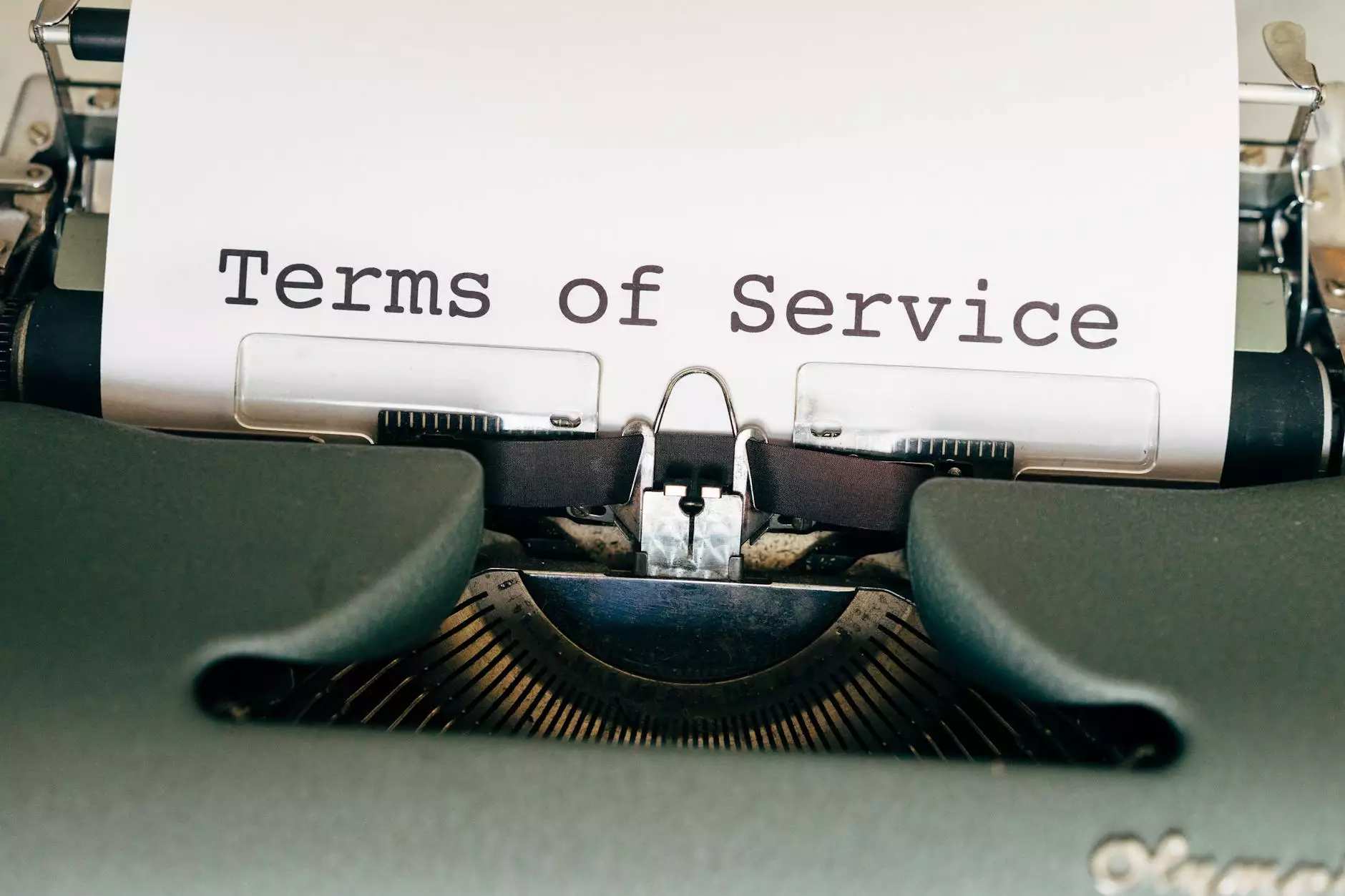How to Write an Email and Get your Message Noticed

Introduction
Welcome to The Knowledge Nest's comprehensive guide on how to write an email that stands out and successfully delivers your message. In today's digital age, email communication plays a pivotal role in both personal and professional spheres. Regardless of the purpose, crafting an effective email requires careful attention to detail and a strategic approach. Whether you're reaching out to a potential client, applying for a job, or simply connecting with friends, we have the tips and tricks you need to make your emails shine.
The Power of a Strong Subject Line
The subject line of your email is the first thing recipients see in their inbox. It serves as the initial hook to grab their attention and entice them to open your message. A well-crafted subject line is concise, compelling, and relevant to the content of your email. Use keywords that accurately reflect the main topic or purpose of your message, making it easier for recipients to understand why they should open your email. Avoid generic subject lines that might blend in with the rest of the clutter in their inbox. Remember, a strong subject line can significantly impact your email's open rate.
Understanding Your Audience
Before diving into the body of your email, it's essential to consider who your audience is and what they are looking for. Understanding their needs, interests, and preferences will help you tailor your message to resonate with them. Take the time to research your recipients, if possible, to personalize your email. This can include mentioning a common interest, referencing a previous conversation, or demonstrating your knowledge of their industry. Addressing your audience in a relatable and targeted manner will make your email more engaging and increase the likelihood of a positive response.
Structure and Formatting
A well-structured email makes it easier for recipients to follow your message and increases the chances of them taking the desired action. Consider the following guidelines for optimal email formatting:
- Opening: Start with a polite greeting to establish a positive tone.
- Introduction: Provide a brief introduction, clearly stating the purpose and main points of your email.
- Main Body: Break your content into logical paragraphs, each focusing on a specific point or topic. Use headings and subheadings to enhance readability.
- Conclusion: Summarize your main points and include a clear call to action.
- Closing: End with a courteous closing and your contact information.
Choosing the Right Tone and Language
Adopting the appropriate tone and language in your emails is crucial in effectively conveying your message. Consider your audience's expectations and the purpose of your email. For professional or formal communication, maintain a polite and respectful tone. For more casual or personal emails, the tone can be more relaxed while still being respectful. Avoid using jargon or technical terms that your recipients may not understand unless you are confident they will be familiar with them. Proofreading your email before sending it out can help catch any grammar or spelling errors that may detract from your message's professionalism.
Keeping it Concise and Clear
In today's fast-paced world, people have limited time to read lengthy emails. To ensure your message is read and understood, aim to keep your content concise and to the point. Be clear about your purpose and avoid unnecessary details or digressions. Use bullet points or numbered lists for information that can be quickly scanned. Break up long paragraphs into shorter ones, ensuring each conveys a single idea. By presenting your information in a clear and concise manner, you increase the chances of your recipients engaging with your email.
Personalization and Authenticity
Personalizing your emails helps create a genuine connection with your recipients. Addressing them by name and referencing previous interactions, if applicable, shows that you value the relationship. Avoid using generic or overly formal language that may come across as impersonal. Instead, strive for authenticity and let your personality shine through. Injecting a personal touch into your emails can make them feel more human and increase the likelihood of a positive response.
Proofreading and Polishing
Before hitting the send button, take the time to proofread your email for any errors or inconsistencies. Typos, grammatical mistakes, or formatting issues can detract from your overall message and professionalism. Pay attention to the details, double-checking names, dates, and any attachments you include. Consider reading your email out loud to ensure its flow and coherence. Taking a moment to review and polish your email will demonstrate your attention to detail and commitment to effective communication.
Wrapping Up
Writing an email that captures attention and effectively conveys your message requires careful planning and execution. By crafting a strong subject line, understanding your audience, structuring your email effectively, choosing the right tone and language, and keeping your content concise and clear, you can significantly improve the impact of your emails. Remember to personalize your message, proofread diligently, and aim for authenticity. By following these expert tips from The Knowledge Nest, you'll enhance your email writing skills and increase the chances of your message being noticed and respected.









